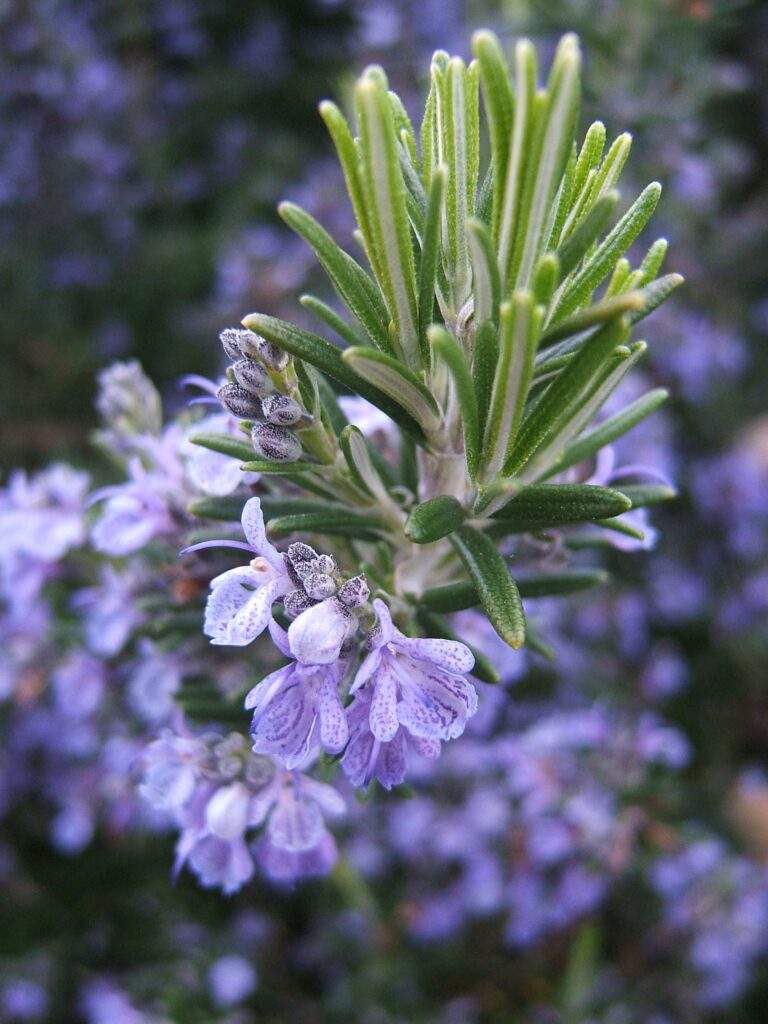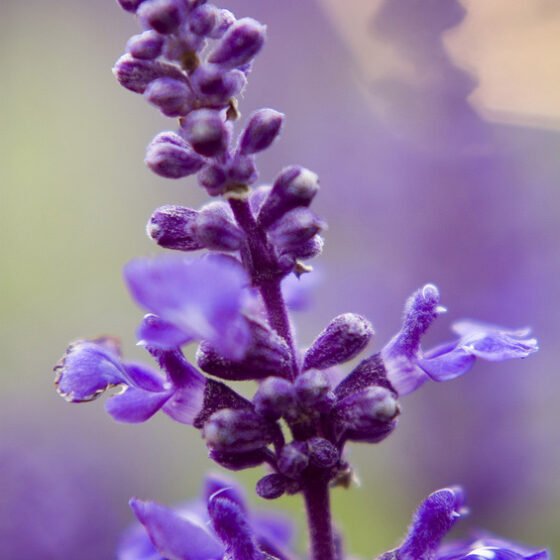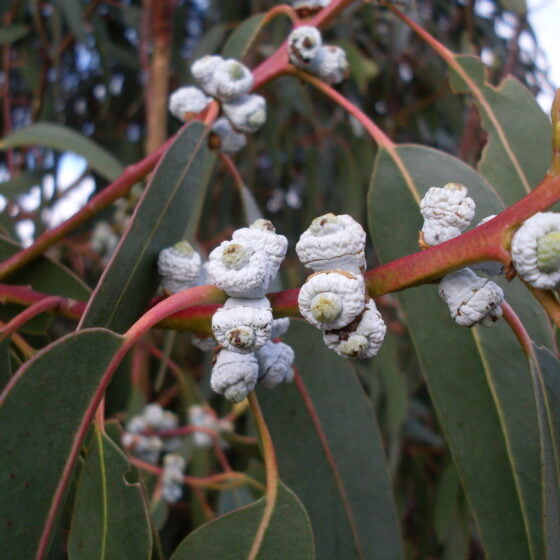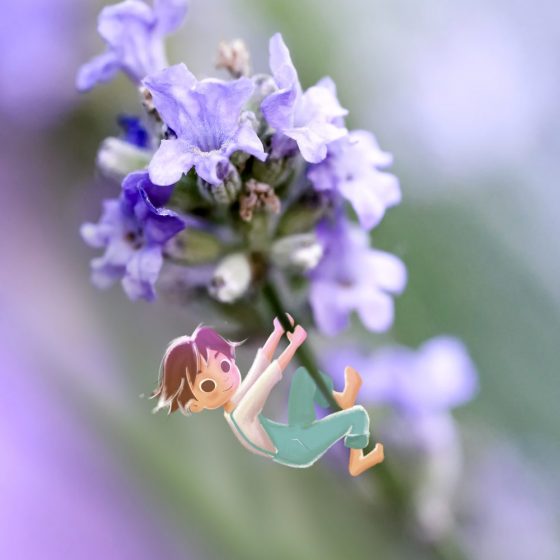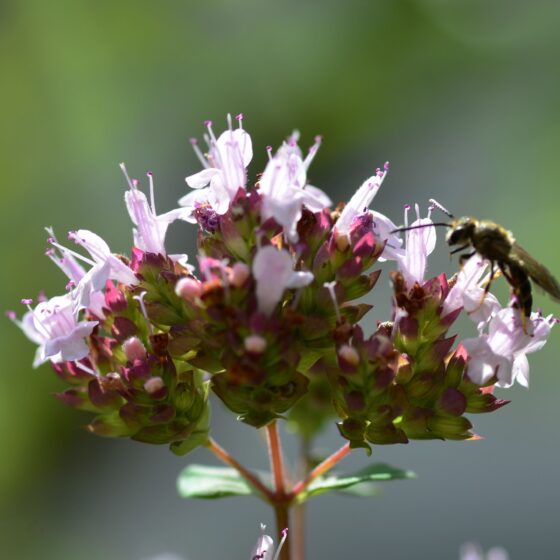
Rosemary ct cineole Morocco
Rosmarinus officinalis CT cinéole
General data
Harvest Calendar
- J
- F
- M
- A
- M
- J
- J
- A
- S
- O
- N
- D
Product details
Our added value
We are working directly with a local co-op of producers to help them benefit from the supply chain and fairly pay the pickers and ensure its compliance with national and international laws, especially in terms of resource exploitation.
The co-op transfer best harvesting practices and resource exploitation management. Our producer buy the rosemary branches/leaves from a coop. The co-op gathers 250 village people whom harvest in the land with a governmental authorization. There are quotas of quantity allowed to harvest, in order to protect the resource.
The product is traceable to the collection plot.
Fragrance side
Rosemary essential oil is used as a heart note in aromatic bouquets, and also works well with the spicy or woody notes of fougère accords. It is a popular essence in men’s fragrances and, in recent years, has seen increased use in women’s compositions.
Well-being side
Cleansing for the air, comforting for the body. Tonic, removes mental confusion, helps with memorization, allows you to make clear-cut decisions.
About
R. officinalis is a dense and aromatic bush native to the Mediterranean basin. Its evergreen foliage is made up of small, needle-like leaves that are dark green on top and silvery below. The flowers are small and vary in color from purple to blue to nearly white. The name rosemary (romarin in French) is believed to come from the Latin ros marinus, meaning dew of the sea, a reference to the plant’s abundant presence on the Mediterranean coasts and islands, or from the Greek rhops myrinos, meaning aromatic bush.
In Morocco, rosemary grows wild on the slopes and highlands of the Atlas Mountains in the north of the country. In the blooming period between June and September, the branches are traditionally sickle-cut by farmers and shepherds. Rosemary can be harvested throughout the year, but the leaves have higher concentrations of active ingredients in summertime. Harvesting is done in hot, dry weather, after sunrise, once the dew has evaporated. The harvested rosemary is then dried in the sun for three days, bundled, and transported to the distillery on the backs of donkeys. Rosemary chemotypes vary with where the plant grows. The essential oil that we source in Morocco has a cineole chemotype.
Other type of extracts
(Aromatic)
